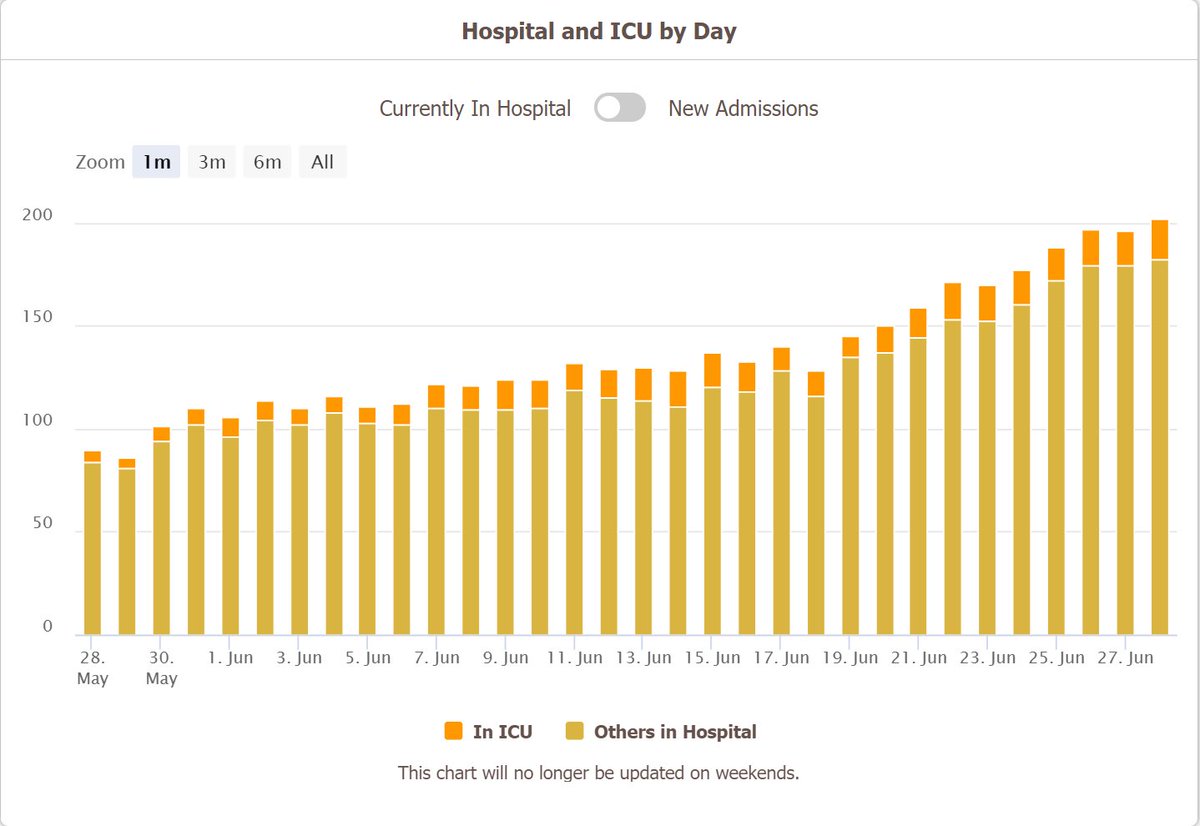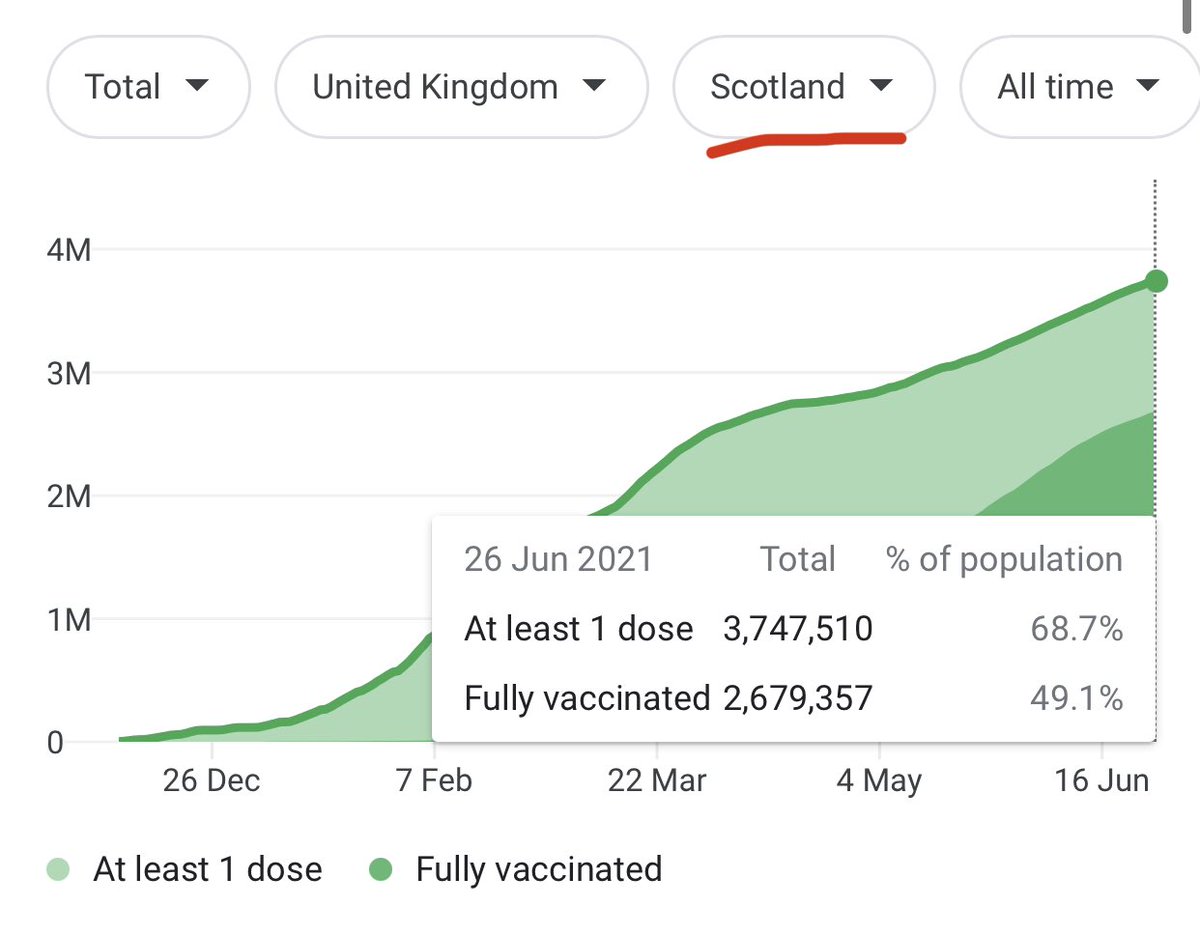
“I do not believe the virus was manmade.”
Dr Danielle Anderson, the Wuhan Institute of Virology's last foreign scientist, left in November 2019 just before #COVID19 pandemic. For the first time, she shares her story.
Dr Danielle Anderson, the Wuhan Institute of Virology's last foreign scientist, left in November 2019 just before #COVID19 pandemic. For the first time, she shares her story.
2) Anderson began collaborating with Wuhan researchers in 2016, when she was scientific director of the biosafety lab at Singapore’s Duke-NUS Medical School.
bloomberg.com/news/features/…
bloomberg.com/news/features/…
3) Her research—which focuses on why lethal viruses like Ebola and Nipah cause no disease in the bats in which they perpetually circulate—complemented studies underway at the Chinese institute, which offered funding to encourage international collaboration.
4) A rising star in the virology community, Anderson, 42, says her work on Ebola in Wuhan was the realization of a life-long career goal. Her favorite movie is “Outbreak,” 1995 film in which disease experts respond to a dangerous new virus—a job Anderson said she wanted to do.
5) Anderson was on the ground in Wuhan when experts believe the virus, now known as SARS-CoV-2, was beginning to spread. Daily visits for a period in late 2019 put her in close proximity to many others working at the 65-year-old research center.
6) She was part of a group that gathered each morning at the Chinese Academy of Sciences to catch a bus that shuttled them to the institute about 20 miles away.
As the sole foreigner, Anderson stood out, and she said the other researchers there looked out for her.
As the sole foreigner, Anderson stood out, and she said the other researchers there looked out for her.
7) “We went to dinners together, lunches, we saw each other outside of the lab,” she said.
From her first visit before it formally opened in 2018, Anderson was impressed with the institute’s maximum biocontainment lab.
From her first visit before it formally opened in 2018, Anderson was impressed with the institute’s maximum biocontainment lab.
8) The concrete, bunker-style building has the highest biosafety designation, and requires air, water and waste to be filtered and sterilized before it leaves the facility. There were strict protocols and requirements aimed at containing the pathogens being studied, Anderson said
9) researchers underwent 45 hours of training to be certified to work independently in the lab.
The induction process required scientists to demonstrate their knowledge of containment procedures and their competency in wearing air-pressured suits.
The induction process required scientists to demonstrate their knowledge of containment procedures and their competency in wearing air-pressured suits.
10) “It’s very, very extensive,” Anderson said.
Entering & exiting the facility was a carefully choreographed endeavor. Departures were made especially intricate by a requirement to take both a chemical shower & a personal shower—the timings of which were precisely planned.
Entering & exiting the facility was a carefully choreographed endeavor. Departures were made especially intricate by a requirement to take both a chemical shower & a personal shower—the timings of which were precisely planned.
11) “These rules are mandatory across BSL-4 labs, though Anderson noted differences compared with similar facilities in Europe, 🇸🇬 and 🇦🇺. The Wuhan lab uses a bespoke method to make and monitor its disinfectants daily, a system Anderson was inspired to introduce in her own lab.
13) “She was connected via a headset to colleagues in the lab’s command center to enable constant communication and safety vigilance—steps designed to ensure nothing went awry.
• • •
Missing some Tweet in this thread? You can try to
force a refresh










